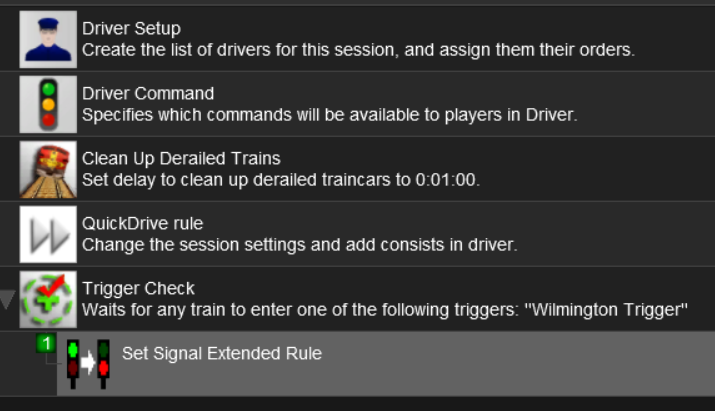JonMyrlennBailey
Active member
It's latest goof. When told to Drive Via a particular track mark that is on a particular siding, a particular train continues down the mainline for about 1/2 mile past the default green (diverging turnout set for mainline) lever then stops and backs up. You've probably missed your exit in your car every now and then on the highway. Garmin can always recalculate and get you back on course. The funny thing is, the AI train just ahead of it properly executed the command. It threw the lever and drove via the track mark on the siding as it should while setting the lever back to default green behind itself as it should. Both trains were told to drive via the exact same track mark. How come one driver can execute the command correctly but the guy immediately following screws up so badly right in the very same session? One might think all drivers should screw up consistently.
I'm now running XDR. It might be that time for a TS12 reinstall again for the first time in about three weeks. Much edit work in Surveyor and so much running trains in Driver tends to break AI down over so much time. Almost always fresh, clean reinstalls tend to correct AI's brain cramps. XDR often doesn't fix anything AI-wise.
I'm now running XDR. It might be that time for a TS12 reinstall again for the first time in about three weeks. Much edit work in Surveyor and so much running trains in Driver tends to break AI down over so much time. Almost always fresh, clean reinstalls tend to correct AI's brain cramps. XDR often doesn't fix anything AI-wise.
Last edited:



